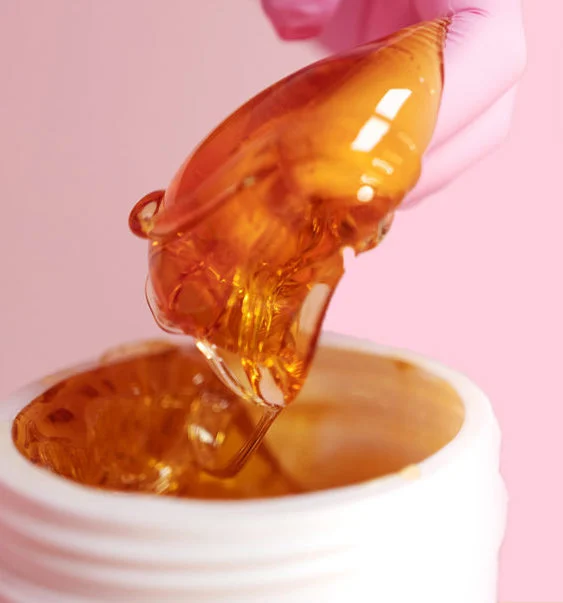- Waxing adheres strongly to the skin, which can cause more discomfort during removal. Sugaring, however, sticks mainly to the hair rather than the skin. Waxing removes hair against the direction of growth, while sugaring follows the natural direction. This difference significantly reduces breakage and ingrown hairs. Sugaring paste is also applied at body temperature, preventing burns. Many people switch to sugaring after negative experiences with waxing. Overall, sugaring is typically considered a gentler and cleaner option.

- Ingrown hairs often occur when hair breaks at the skin’s surface. Because sugaring pulls hair in its growth direction, breakage is minimized. The gentle exfoliation further prevents clogged follicles. Clients prone to ingrowns find significant relief with consistent sugaring. Over time, the skin becomes smoother and healthier. Many people combine sugaring with aftercare routines like exfoliation and hydration. This combination supports long-lasting results.

- Waxing can leave sticky residue that requires oils to remove. Sugaring rinses off easily with warm water. This simplifies aftercare for clients. Skin typically feels cleaner after sugaring. Residue-free results contribute to comfort after the appointment. Clients often prefer the light, fresh feel sugaring provides. These aftercare advantages add to its appeal.

 847-915-5547
847-915-5547


